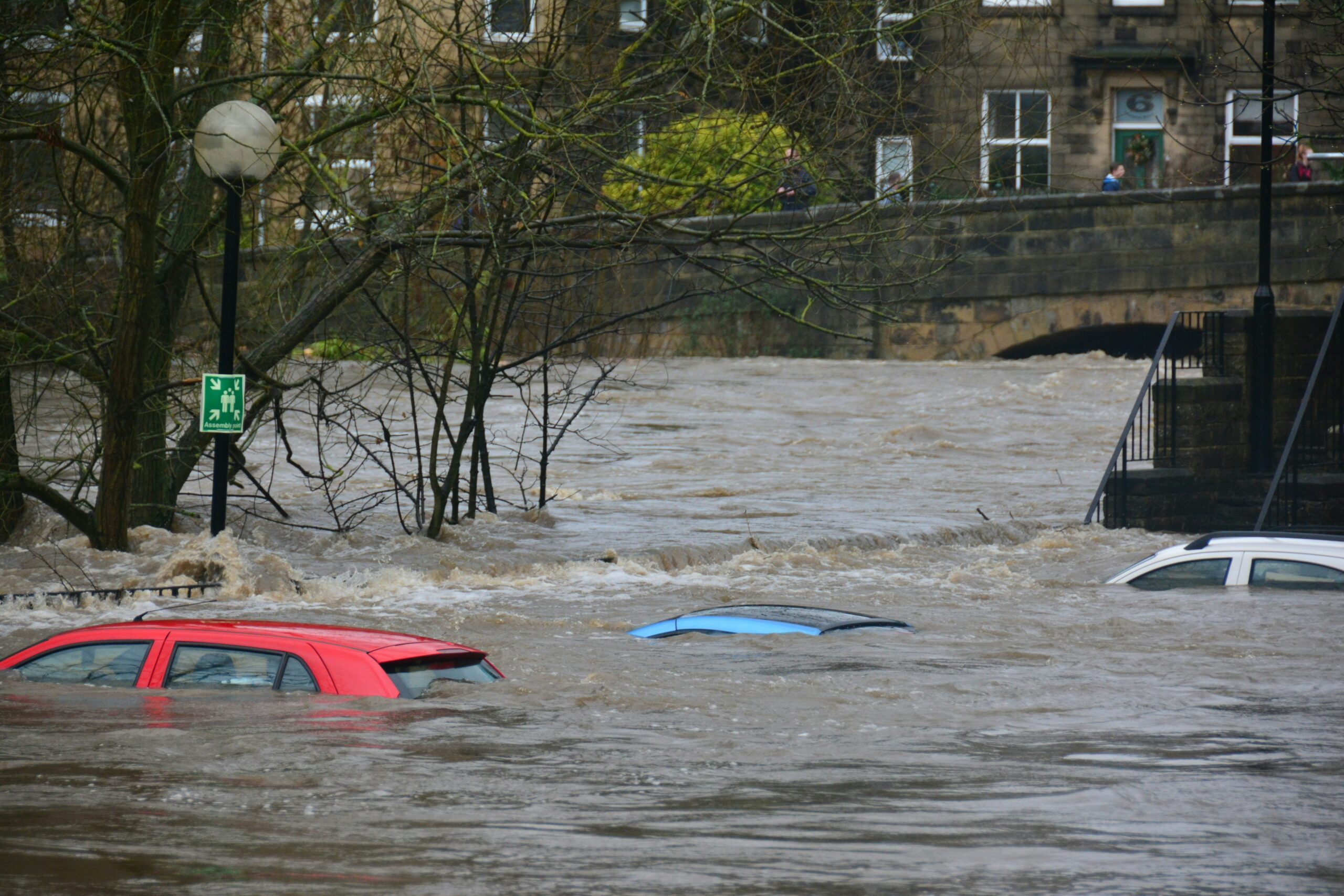Reporting Flood Damage for Insurance
Floods impact thousands of British Homeowners every year and inflict millions of pounds in property damage. Although buildings and contents insurance policies typically include flood protection, there may be specific exclusions (eg groundwater flooding.) Additionally, policies may restrict flood damage cover for homes in high flood risk areas. As such, its critical to review your policies to check that you have robust protection in the event of a flood.
However, even after you’ve secured the right insurance, navigating the claims process following an incident can be a complicated task. This article outlines general steps to consider when submitting a flood insurance claim.
How to File a Flood Insurance Claim
After a flood inflicts losses on you and your property, you should be prompt in beginning the claims process. Consider the following eight steps:
- Make Contact. Contact your insurance agent or carrier as soon as possible following a flood to initiate your claim.
- Document losses. Take photos and videos of damaged items, including the structural elements of your home and possessions. Thoroughly document any items that must be discarded. Evidence should include serial numbers of larger appliances and receipts for damage items. Additionally, hold onto samples of carpeting, wallpaper, furniture and other materials damage by floodwater.
- Discard flooded items that pose health risks. After documenting damaged items, discard those that might cause harm, such as perishable goods and soaked pillows. Its crucial to take steps to limit mould growth.
- Prepare for inspection. After filing a claim, an adjuster will be assigned to your case. This party will make an appointment to inspect your property and losses.
- Meet with your adjuster. Ensure you verify your adjusters identity and qualifications upon their arrival and document their contact information. They should provide you with essential information on the claims process, discuss the specific details of your cover and answer your questions.
- Seek repair estimates. When searching for assistance with repairs, such as your homes electrical and plumbing systems, speak with your insurance representative before entering into formal agreement. Additionally, verify that any contractors you may work with are licensed and insured.
- Await payout. Based on their findings, your insurance adjuster will make recommendation regarding your claim. Scrutinise any offers to ensure estimates are accurate and complete.
- Contest decisions (if necessary). If your claim is denied or you disagree with the insurers offer, you should first work with them to attempt to find a solution. If unsuccessful, you can contact the Financial Ombudsman Service after you’ve received a “final response” from your insurer or eight weeks have passed while you’ve been waiting for a response.
For More Information
The flood insurance claims process can be nuanced, complex and even confusing. However, by knowing what to expect ahead of time, you may be better equipped to handle the aftermath of potentially catastrophic losses with limited stress. Contact us today for more information about this type of cover or filing a claim against your policy.

